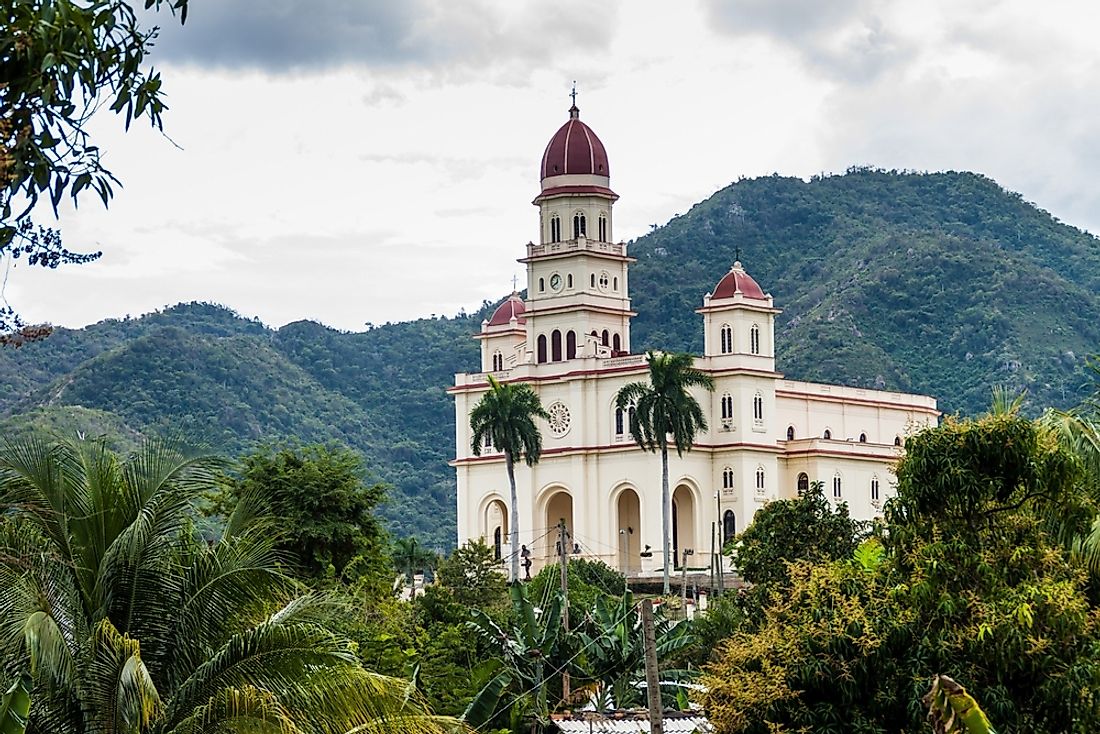Religious Beliefs In Cuba

Cuba has different religious groups reflecting the diversity in the country. Roman Catholic is the dominant religion having been introduced by the Spanish colonialists. After the revolution, the state sought to control the religious activities even barring financial contributions from unrecognized organizations. The country has also been an officially atheistic state since the 1950s. Beginning early 1990s, the state relaxed its control and monitoring of religious activities and eventually allowing greater freedom. Protestants, Jews, Muslims and Pentecostals are the other religious groups found in the island country.
Religious Beliefs In Cuba
Roman Catholic Christianity
Approximately 59% of the total population is Roman Catholic Christians. At the beginning of the popular revolution, the Catholic bishops united to condemn the Communist Party that was governing the country. Even though the party had not disallowed religion, it did not allow the religious people to become its members. The state also widely promoted atheism thus coming into direct conflict with the church. In the years immediately after Castro came to power, the Catholic Church witnessed serious declines, at one point, managing just 7000 baptisms in a year. However, following the collapse of the Soviet Union in 1991, it relaxed its confrontational tendencies towards the Church. The visit by Pope John Paul II in 1998 was seen as a step forward in encouraging greater religious freedom. At around that time, the country granted more visas to the priests to come to visit the country and engage in religious activities. However, the freedom was short-lived as they reverted to tight control soon after papacy left.
Atheism Or Agnosticism
The country is officially an atheist state and has worked to promote its philosophy among the citizens, albeit without outlawing other religions. The group is significant accounting for about 23% of the total population. The popularity of the revolution encouraged several people who wanted to identify with it to abandon their faiths. However, the number is reducing even with the current leader sometimes attending religious services officiated by global spiritual leaders.
Santeria And Other African-Caribbean Folk Beliefs
Santeria is a blend of some African traditional practices and Christianity. Its adherents make up approximately 12% of the entire Cuban population. It draws from aspects of the Yoruba culture mixed up with Roman Catholicism. It found its way to Cuba through the slaves that got transported from West Africa to work in the various plantations in Cuba and other Western countries. Santeria has allowed the communities to keep their traditional beliefs while appearing to practice Catholicism.
Protestantism And Other Non-Catholic Forms Of Christianity
Baptists, Pentecostals, Seventh-Day Adventists among other groups have also penetrated into the country and made followers due to less interference from the government. They report a greater ability to attract new members, import religious materials, and travel on sacred duties due to reduced government surveillance and interference. For example, the government stopped its scheduling of competing school programs over the weekends and enabled them to make more intensive campaigns.
Impact Of Religion In Cuba
There is increasing growth in religious activities as the Communist Party has lessened its control over the churches. The Cubans, except for the atheists, are devoted and engage in various kinds of rituals and ceremonies to obtain favor from God. The strength of atheism is reducing especially with less campaign by the government to spread it.
Religious Beliefs In Cuba
| Rank | Belief System | Share of Population in Cuba |
|---|---|---|
| 1 | Roman Catholic Christianity | 59% |
| 2 | Atheism or Agnosticism | 23% |
| 3 | Santeria and Other African-Caribbean Folk Beliefs | 12% |
| 4 | Protestantism and Other Non-Catholic Forms of Christianity | 5% |
| Other Beliefs | 1% |







